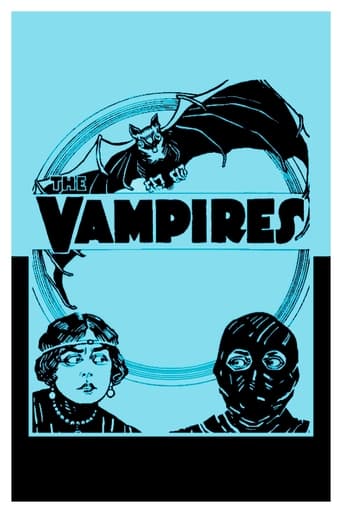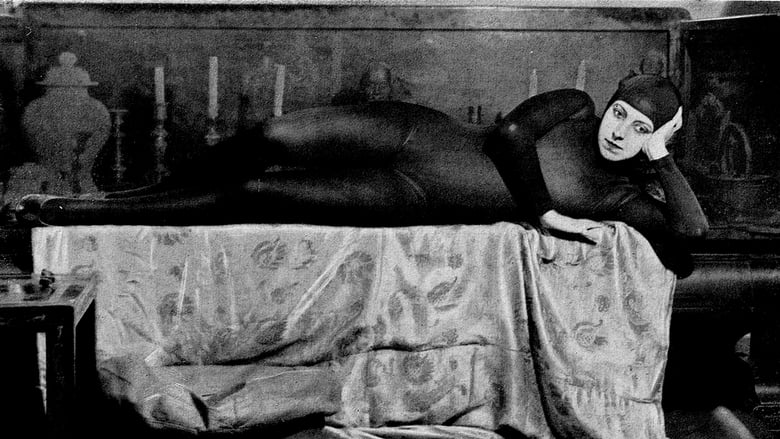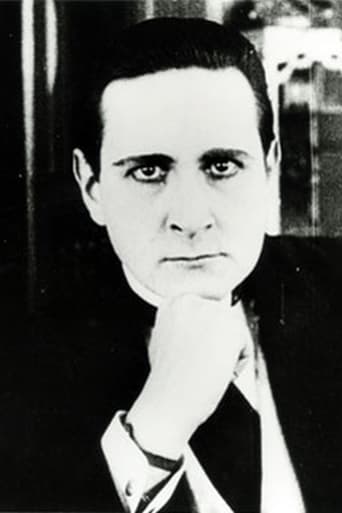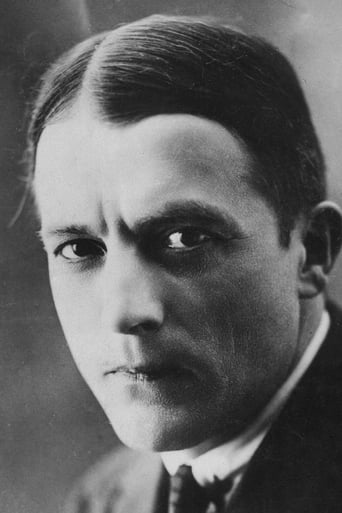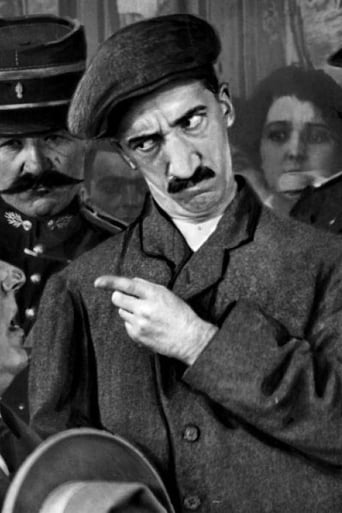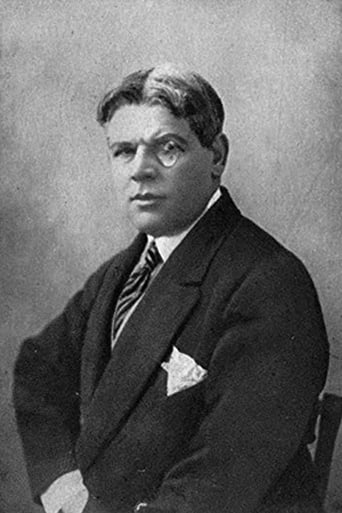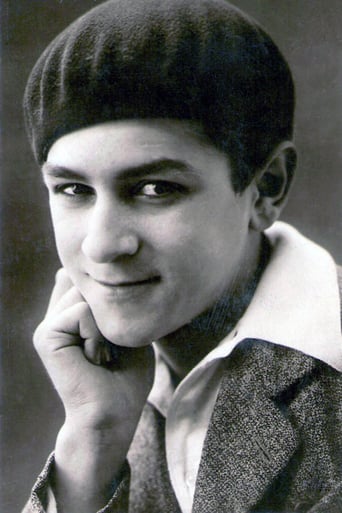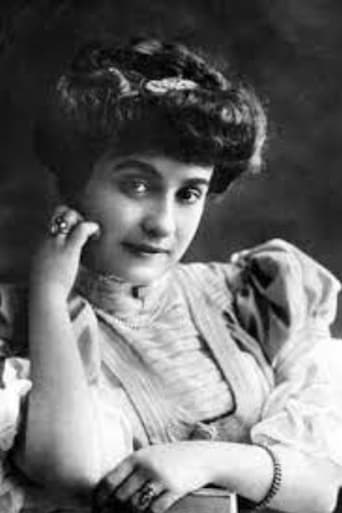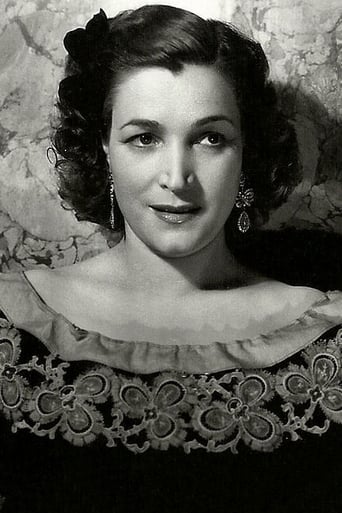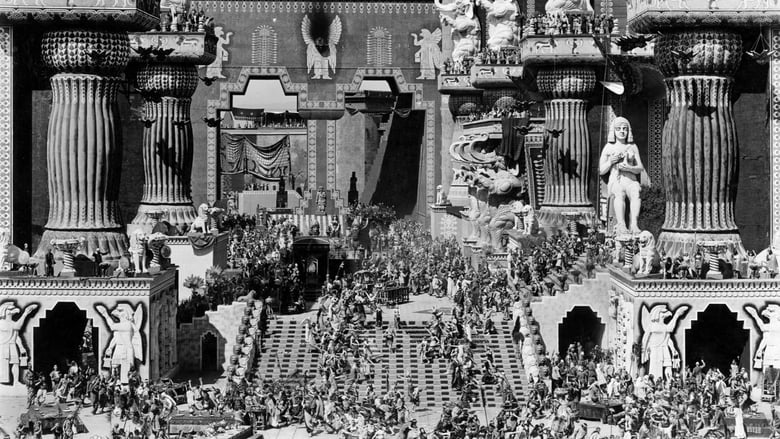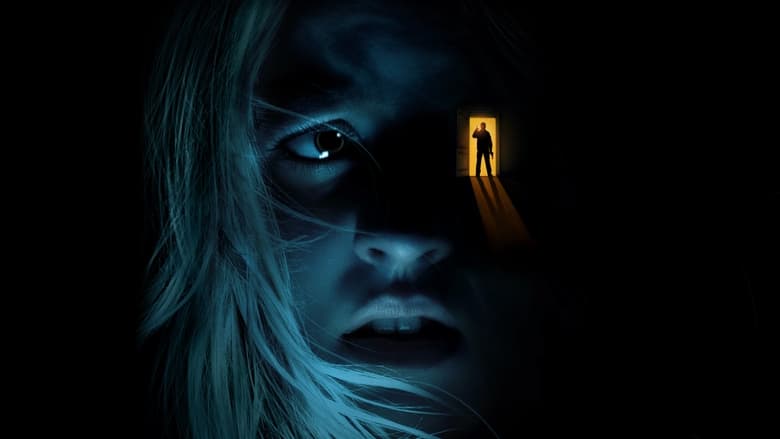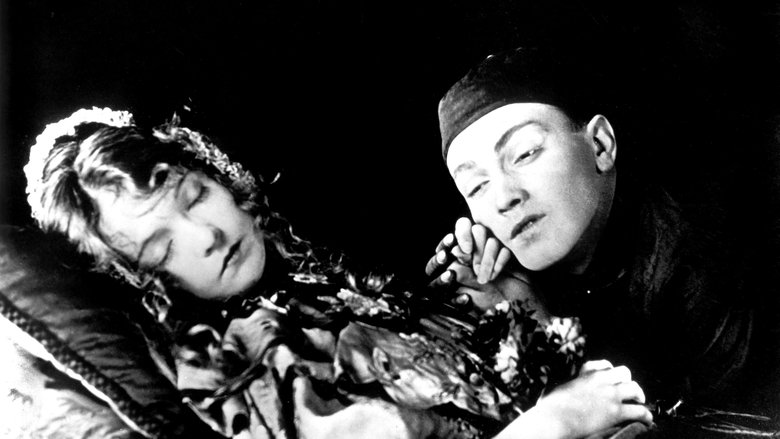Paris is prey to an invisible terror against which the police can do nothing: a sinister organization that sows chaos and death. The intrepid journalist Philippe Guérande and his partner embark on a long crusade to put an end to the crimes of the Great Vampire and Irma Vep, his dangerous accomplice. (A ten episode movie serial.)


Similar titles
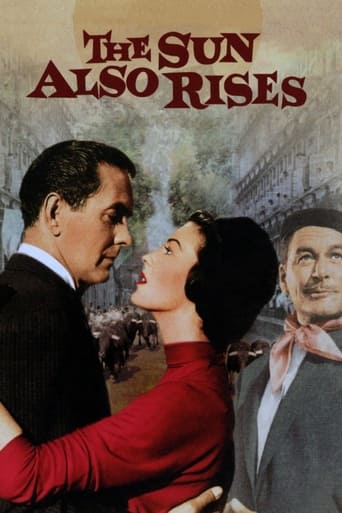
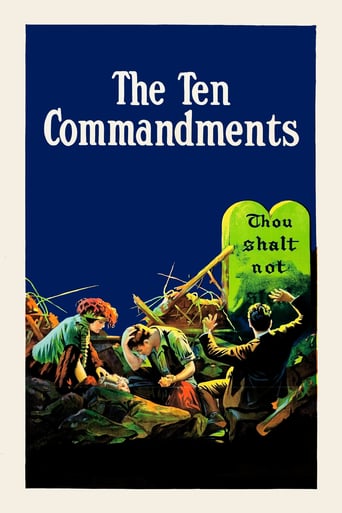
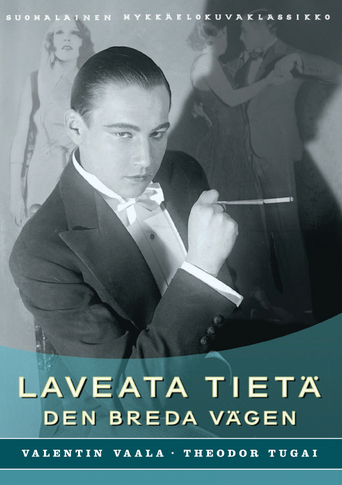
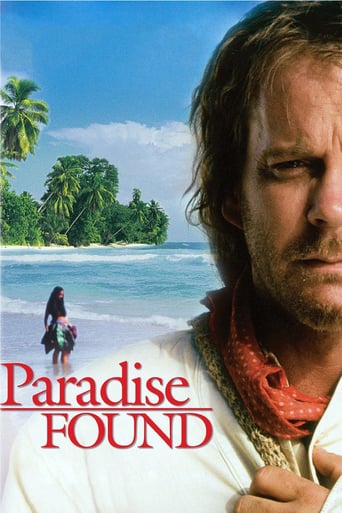
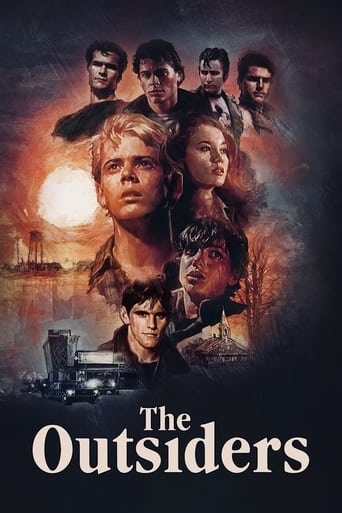
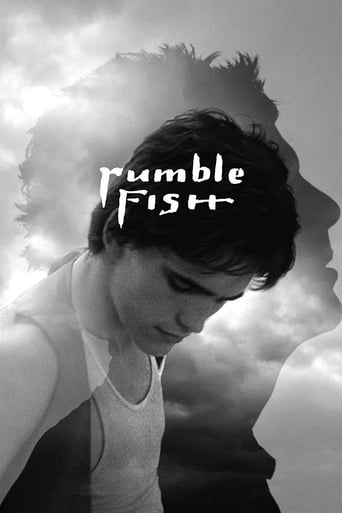
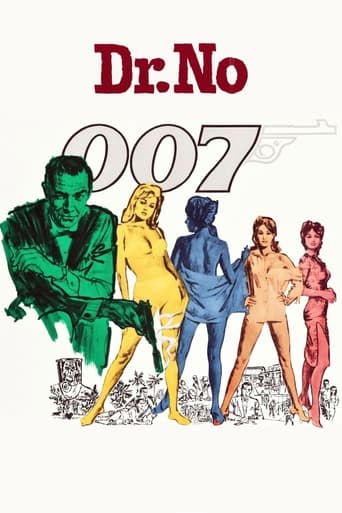
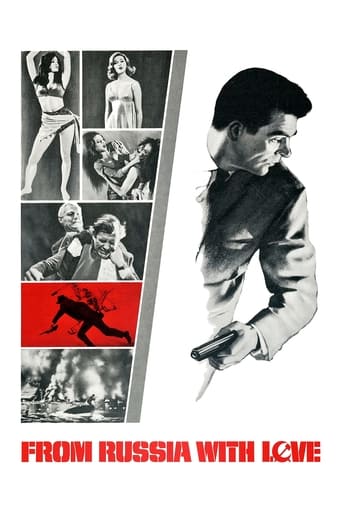
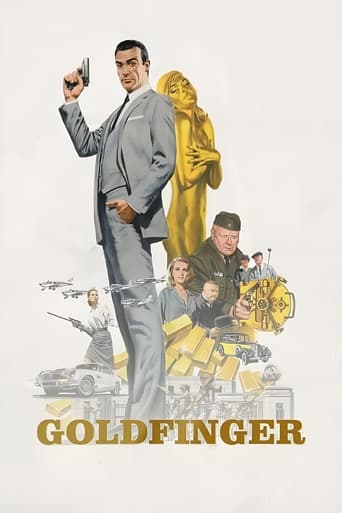

Reviews
(1)Phillipe Guèrande, press correspondent, young, supple, Parisian, conventional _jeune premier, supposedly looking dashing, goes to Sologne, where the decapitated corpse of Insp. Durtal has been found, to investigate the case of the Vampires. And it is with the news of this atrocious, appalling event—the finding of a beheaded corpse—that daddy Feuillade's serial begins.Some of the scenes may seem static, _paceless, sagging—at least for one used to the snappy American serials made 20—40 yrs later; in fact, they are merely leisurely shot—the pace of a director who has hours of footage ahead to tell his story.
I've only seen about two-thirds of this series so far, but seeing as it took Lovefilm more than six months to send me the second disc in the collection after I returned the first I figured I should review it now before the whole thing fades from memory. The most striking thing about the series is how fantastical the stories are – even though there isn't a real vampire in sight (which is a bit of a let-down really). The world of Les Vampires is one in which gangs of skilled thieves prey on the wealthy; in which every handshake or pat on the back may result in paralysis of the recipient thanks to a tiny poisonous dart strapped to their attacker's hand; in which nefarious villains hypnotise women into believing they are in love with them, and in which police remove floorboards to create a trap for unsuspecting criminals, then truss them in a giant sack and carry them off to jail.It all sounds like a lot of fun really, doesn't it? Especially the hypnotism bit. Unfortunately, the episodes of this famous silent serial from Louis Feuillade do have a tendency to drag. This is more an indication of how public expectations have changed in the ninety-plus years since this serial was produced than it is of a weakness in the films, I suppose, but to try to appreciate a film from the perspective of the audience for which it was initially intended is damn near impossible.The story revolves around the efforts of Philippe Guerande and Mazzematte, his ex-undertaker sidekick and (fairly hopeless) comic relief, to bring to justice the members of Les Vampires Crime Enterprise (French Division). This being a serial lasting many hours, their attempts are, more often than not, foiled, although a villain is occasionally nabbed only for a new face to declare that he is the real leader of the gang, and the other bloke was just his lackey. Mazzematte casts supposedly comical glances at the audience and sometimes pulls childlike faces while Guerande is all charm and capability. Prominent amongst the villains is Mlle Musidora as the femme fatale Irma Vep, who is quite fond of sneaking around in a black body stocking that makes her look alarmingly lumpy.Like the guy who plays Mazzematte, she plays to the camera – although possibly not quite as intentionally – pulling strange faces and striking over-dramatic poses and postures. It's all quite distracting, but offers some amusement when the story starts to drag. Serials would grow more fast-paced and exciting in the 20s, but this was no doubt considered something of a class act in 1915, and is still worth a look today (if you've got about nine hours to spare) even though it's unlikely to make it into anybody's top ten list.
Feuillade has become much more popular abroad than in his native France where his movies are seldom screened on "cultural TV ,the Arte Channel or the "Cinema De Minuit".Some critics call "Les Vampires" brainwashing at a time when France was at war .Some critics praise it to the skies.I'm for the golden middle .Feuillade was certainly important in the shaping of the serial (along "the perils of Pauline" in America)but he was not as great a director as his contemporaries David Wark Griffith and Abel Gance (whose career did not begin with "Napoleon" in 1926).The screenplay of "Les Vampires" is pretty silly,definitely weaker than that of "Fantomas" and it is sure easy to see why: "Fantomas " was first a set of volumes written by Pierre Souvestre and Marcel Allain -and Feuillade botched the first chapters which were the best of the saga :see Paul Fejos's "Fantomas" (1932) for that matter.But the rest was quite acceptable,some movies(the third episode :"Le Mort Qui Tue" notably) highly commendable."Les Vampires" was a different matter ,because it was an original screenplay and the writer/director had to kill the "Chef Des Vampires" ,not because he thought the audience needed change ,but because it was the war and the actors were mobilized.That's why Feuillade gave up making "lEs Vampires" after 10 episodes and opted for a "good " hero ,Judex ,a conjurer fighting against the villains.The stories are far-fetched to a fault ,pleasant to watch,but not particularly memorable (Maurice Leblanc was writing much more brilliant stories at the time featuring his hero Arsene Lupin who is much more exciting than his bland hero Philippe Guérande and his mate/undertaker.Much more than the stories,it's the details that are interesting: the maid Mrs Guerande hires is a Girl from Britanny ,and at the time most of the servants came from that region:this was the subject of Becassine ,a comic strip of the era;it's interesting to note that whereas the villains have lovers,the hero,after losing his fiancée in the second chapter-and he doesn't even shed a tear-,remains chaste till the ...ninth episode in which he finds another one.Musidora's famous black tight caused an outcry : the series remained famous for her but she only appears in her outfit in two brief moments: one when she's scrawling on the roofs and the other one in a hotel where she also appears (that crowns it!) dressed as a young man complete with mustache .Feuillade's most salutary quality was story -telling :even if the plot seems too often too much ,we can't help but admire the way he uses the pictures and thus keeps his lines to the minimum -a thing many of his colleagues could not do-.Feuillade's influence in France?One sees little of it in the great directors of the Golden Era (Carné,Renoir,Guitry,Duvivier,Et Al). Feuillade's influence shows ,however,in one of Duvivier's silent films " Le Mystere De La Tour Eiffel" or even in Clair's "Le Fantome Du Moulin Rouge" .Feuillade 's most dedicated follower was Georges Franju who made a remake of "Judex"(1963) and "Les Nuits Rouges"(1973) ,a failed attempt at a seventies "Vampires".Most of this director's works have something of Feuillade : "Les Yeux Sans Visage"(1959) "La Tête Contre Les Murs" (1960)"Pleins Feux Sur L'Assassin".(1961)In the seventies,Feuillade's touch appeared again in Rivette's stuff ,but it's reserved for intellectuals.What was once the most popular French cinema of an era became one inspiration for the most cerebral (who said boring?) art.
This French crime serial from the 1910s is one of the few silent serials left (and probably one of the only ones available for consumption). Louis Feuillade is its director. I watched the first four episodes (the tapes come each with four episodes of varying length) and will give a brief review of each. SPOILERSEpisode 1: The Severed Head - I was a little afraid that Les Vampires was going to be really bad when I was sitting through The Severed Head. We are introduced to a journalist, Phillipe, who is hot on the trail of a notorious gang called the Vampires, which is the subject of his daily reports in the newspaper. An important lawkeeping official has been found dead, decapitated. Phillipe goes on the hunt, and the clues lead him to the home of Dr. Nox. Dr. Nox is currently showing his mansion to the mansion's potential buyer, an American woman. Long story short, this is a really weak film. The cinematic devices are still pretty new, but Feurillade shows no talent in using them or innovation in this first episode. It is unsuspenseful, slow, and somewhat laughable. 5/10.Episode 2: The Ring That Kills - This one's a lot better than the first one. This one is rather short compared to the other three on the first tape. Phillipe sets up a trap at a ballet. There is a really neat ballet number involving a woman dressed as a bat. Anyway, the plan doesn't go that well and Phillipe gets captured. Luckily, Mazamette, a friend of his, has infiltrated the hideout of the Vampires. Phillipe is freed, and they capture a Vampire and put him in his place (he is about to be executed). All in all, The Ring That Kills is pretty goofy (some of the humor is intentional, some is not), but it is a pretty effective crime movie. 7/10.Episode 3: The Red Cypher - Phillipe takes a few days off of work in order to decipher the codes in a book he has found on the Vampire whom he got killed in his place at the end of Episode 2. The Vampires devise a way to get into his house using false identities. A replacement maid, whose real name is Irma Vep (which you might recognize as the title of a French film from the 1990s), tries to poison Phillipe, but he tricks her as well. Phillipe's mother gets captured, but she also finds a clever way out of her dilemma. By now, this series is still quite silly, but it's pretty entertaining, especially in plot. The cinematic devices are still not used in any fantastic way, but the plot is getting a bit cleverer. Still a 7/10, but nearly an 8/10.Episode 4: The Spectre - This one was a little confusing in its plot. I must have blinked at the wrong moment and missed an expositional intertitle. There's little of interest besides a decently directed and edited murder sequence in a train, good for its time, anyways, and Phillipe's reconnaissance of an office in which Irma Vep is spying, disguised as a secretary. Also, the final scene has a neat little thing in it: Phillippe and Mazamatte are talking on the phone, both of them present in the same shot. Between them is edited a shot of a bridge, a metaphor for the connection between phone lines. It's pretty dumb, but at least Feuillade was trying here.Conclusion for Episodes 1-4: all in all, an interesting bit of early cinema, but The Vampires really doesn't hold up very well today. It's mostly just a rather flat series of crime stories, perhaps like the kind that might have appeared in a weekly detective magazine or something, filmed straight without invention or embellishment. Sure, it's still early as heck in the cinema, but by the end of the silent period the art form had gone light years beyond Les Vampires. I wish I were more familiar with D.W. Griffith. He's a contemporary of Feuillade's, and the few bits of his films that I have seen seem much more advanced than this serial. I don't want to make a definitive statement on the comparison between the two, though, until I see one of Griffith's films. Even the earlier films by the Lumiere Brothers, Georges Melies, and the Thomas Edison company seem a lot more amazing today than does this. I might see more of the serial if I ever get a chance to see it for free, but I doubt I'd pay any more money to rent them.
